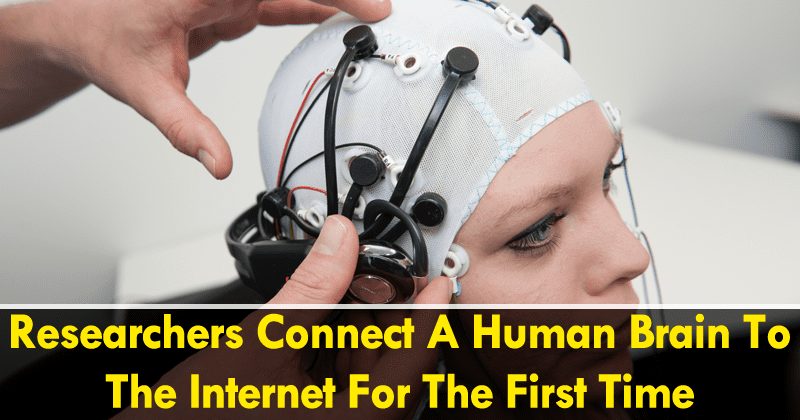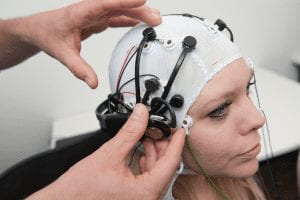We all know very well that the Internet is, in many cases, an extension of people’s brains. As recently, a group of researchers at Wits University in Johannesburg, South Africa managed to link a human brain directly to the Internet in real time.
Researchers Connect A Human Brain To The Internet For The First Time
The Internet is, in many cases, an extension of people’s brains. Although it is a statement bordering on exaggeration, the truth is that there are even those who want to give another meaning to this “hyperbole”.
In fact, this is an unprecedented feat. A group of researchers at Wits University in Johannesburg, South Africa linked a human brain directly to the Internet in real time. Welcome to Brainternet.
If in the past there were those who wanted to turn our thoughts into binary language, and could standardize how to “read” the mind, now there are those who want to collect data from the online state of our brain. According to those responsible, this project can help in the development of machine learning technology and brain-computer interfaces.
BrainTalk – Brain meets IoT
According to the information provided, the team made a major breakthrough in the field of biomedical engineering. The project was dubbed as “Brainternet”, and essentially turns the brain into an “Internet of Things” (a network of connected physical objects) within the global WWW network.
The project works by reading the EEG signals through an Emotiv EEGO device connected to the user’s head. These signals are then transmitted to a computer, which in this case was a Raspberry Pi, a low-cost computer that sends the signals to an interface created in dedicated software. In this way, there can be a clear perception, for any person, of the activity of the brain.
Brainternet is a new frontier in brain-computer interface systems. There is an easily understandable lack of data on how the human brain works and processes the information. Brainternet seeks to simplify a person’s understanding of their own brains and the brains of others. The project does this through continuous monitoring of brain activity, in addition to enabling some interactivity.
Explained Adam Pantanowitz, a professor at the School of Information and Electrical Engineering at Wits University and a project supervisor.
Software and mobile applications
The team aims for greater interactivity with the brain in order to extract more information. These features have already been designed in the software that is online and already show some options, although still limited to the stimulus, such as arm movement.
According to Pantanowitz, the Brainternet can be the further improved to classify information through an application installed on a smartphone that can provide data for a machine learning algorithm. This may help to realize in the future an information transfer platform in both directions, inputs, and outputs.
Intellectual muscle
In addition to applications in machine learning and brain-computer interfaces, such as Neon Lace (from Neurolink) by Elon Musk and Bryan Johnson Kernel, the data collected in this daring project may lead to a better understanding of how our minds work and how we can harness this knowledge to increase our brain power.
We are close to being able to perceive our brain in a computational way and to know its limit it is a matter of time. So, what do you think about this? Simply share your views and thoughts in the comment section below.




